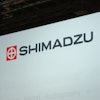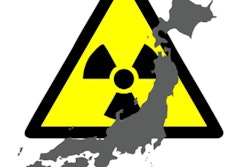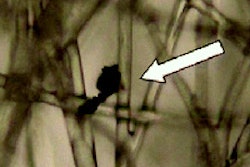Wednesday, December 4 | 10:50 a.m.-11:00 a.m. | SSK11-03 | Room S405AB
The amount of radiation in Fukushima City, Japan, after the Fukushima Daiichi nuclear power plant accident in 2011 has decreased due to the removal of contaminated surface soil and tree leaves. However, some radiation still remains, and more effort to remove contaminated materials is necessary, researchers will report in this Wednesday session."As a radiologist, I have had keen eyes on the air radiation dose and contamination from fallout of radioactive materials from Fukushima Daiichi," said Dr. Shoichi Takekawa from Southern Tohoku General Hospital in Koriyama. "Because we radiologists have to protect our residents in the same city and prefecture from radiation hazard, I had to have data on radiation dose in the city."
Takekawa noted that the effort to eradicate contamination of the soil started soon after the accident, especially at the grounds of schools and kindergartens. The radiation dose rate in the soil is estimated to have been reduced by 20% to 40%, compared with the rate in May 2011.
The maximum radiation dose rate in the area within 20 km was 30.5 µSv/hour, even in March 2013, two years after the accident.
"If a person stays there for four hours a day, the cumulative radiation dose would exceed 44.5 mSv per year," Takekawa said in an interview with AuntMinnie.com. "The Japanese government is currently deciding the safe [level] of air radiation to be less than 1 mSv per year for laypeople, which is very strict."
Takekawa plans to continue observing radiation dose rate in the areas near the plant.



















